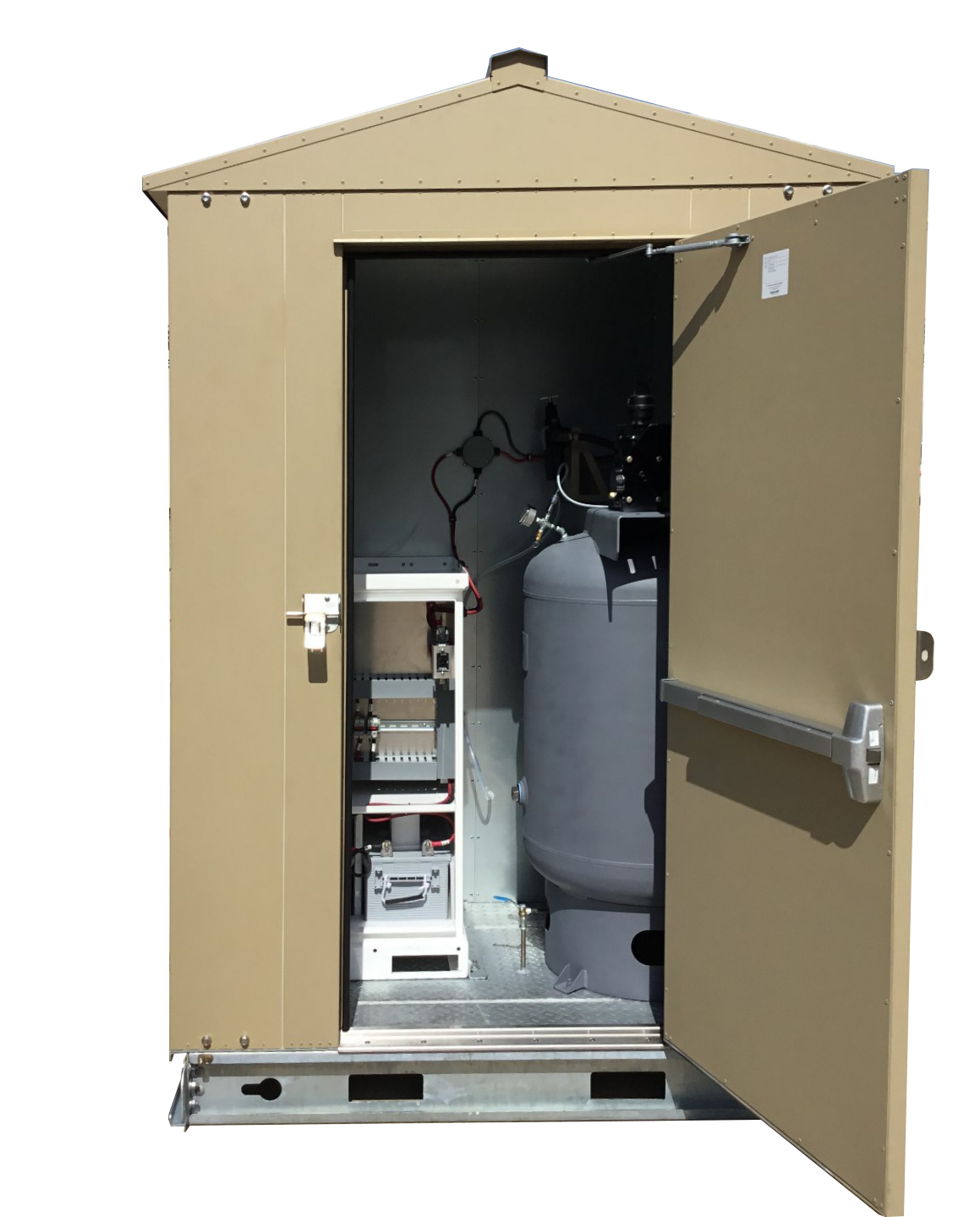Clean Solutions for Pneumatic Valves
Clean Compressed Air Valve Solutions:
Best Practices for Pneumatic Control Valves
By Andre Scholtz, Technical Director at Solarcraft, Inc
 If you are the fortunate individual at your office who is tasked with scrutinizing federal regulations for compliance and scratching your head looking for ideas on what to do about the restrictions on bleed rates for gas-driven actuators, this short article may help point you in the right direction.
If you are the fortunate individual at your office who is tasked with scrutinizing federal regulations for compliance and scratching your head looking for ideas on what to do about the restrictions on bleed rates for gas-driven actuators, this short article may help point you in the right direction.
Apart from regulation, it is no secret that wet and sour gas will gum up the moving bits of pneumatic actuators in short order, which is often the bigger incentive to make the change to instrument air pneumatic valves or electric actuators.
Let's consider the benefits of installing an instrument air system first.
- You can retain the pneumatic actuator that is installed on the line with very little modification. The work is not on the actuator, but rather on establishing the air supply.
- Natural gas or CO2 emissions are eliminated, provided that your source of energy for actuation does not create new emission problems, for example, perpetually running a generator would be a very bad idea.
- You can still use the existing control infrastructure. There is no need to modify logic controllers or communication assemblies except for what would be required to also monitor the instrument air supply.
- Solar power and battery systems are a reliable clean option for both electric air compressors and electric valve actuators.
For this new installation, it is imperative that the output air is bone dry. A waterlogged system will eventually freeze, compromising the entire installation. Try to avoid desiccant-based dryers as the sole means of drying, since they add to the list of often-forgotten service items. Perhaps elect to add a separate dry air output air receiver.
Powering the Electric Air Compressor
Access to electricity is another important consideration. When used for emergency shutdown purposes, these pneumatic actuator installations are often situated far from an electric utility access point. In cases where valves are only required to operate in emergencies, the amount of energy required for valve actuation is very small, and a solar power supply would be ideal and cost-effective. Conversely, where valves are constantly modulating a flow, the amount of energy required should be calculated (or ideally, measured) to determine the size and cost of a solar power supply so that it can ultimately be weighed against the cost of laying a power line to the site.
For new installations, it may be better in the long term to install an electric actuator right from the start. The supply chain issues that choked this market over the last few years seem to be relaxing somewhat, and the outlook is that pricing will follow.
Powering electric actuators is far less complicated than powering instrument air installations. From the perspective of the power supply, a compressor or an actuator motor looks about the same, however, the complete instrument air assembly comprises more moving parts and abundantly more points of failure. This is clearly underlined by how many fewer alarm points there are on electric systems as compared to pneumatic installations, translating into a simpler PLC layout.
A Word of Caution
It's not all moonshine and rosé, though. Electric actuators do not offer the fail-safe peace of mind of spring-return pneumatic actuators, and for the moment, they cost more.
Undoubtedly, there are many factors to consider when faced with these decisions. The pointers outlined above should put a few more arrows in your quiver for when the time comes to design these solutions, but it might benefit you to also give the guys at Solarcraft a call. We have likely solved the problem you are facing already since we specialize in this exact field!
To talk to a specialist about your application, contact Solarcraft, Inc. at sales@solarcraft.net or call 877.340.1224.
Solarcraft.net | 12300 Dairy Ashford Road. STE 100 | Sugar Land TX 77478
By accepting you will be accessing a service provided by a third-party external to https://www.solarcraft.net/
